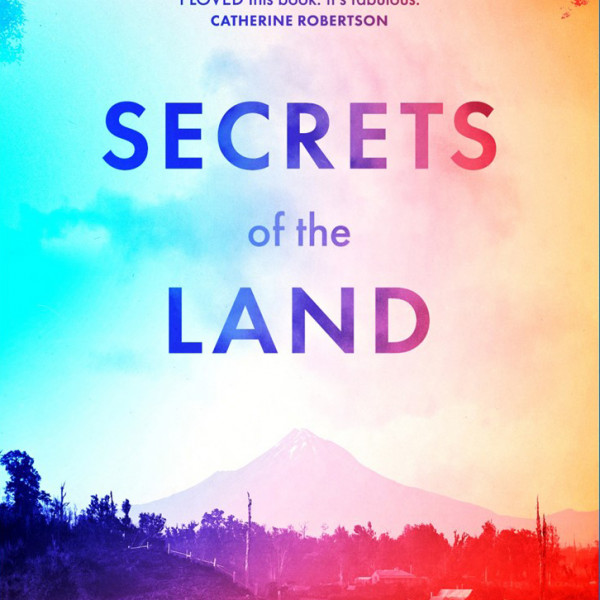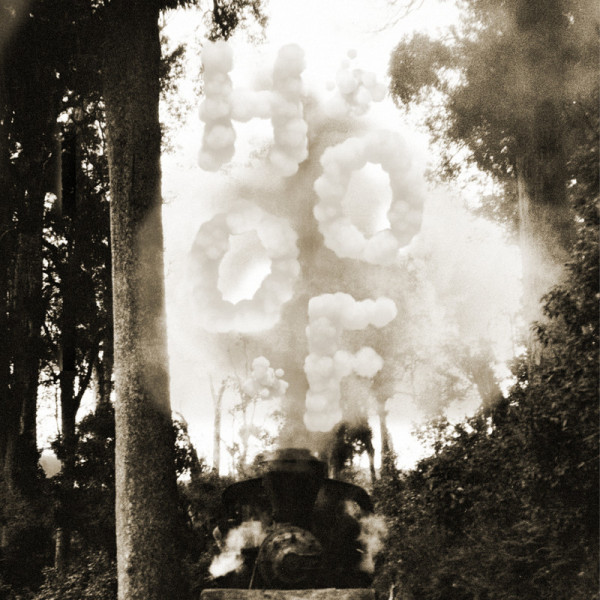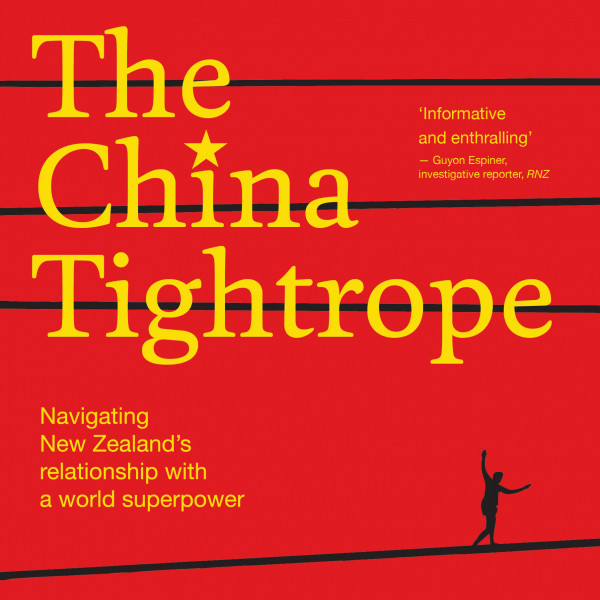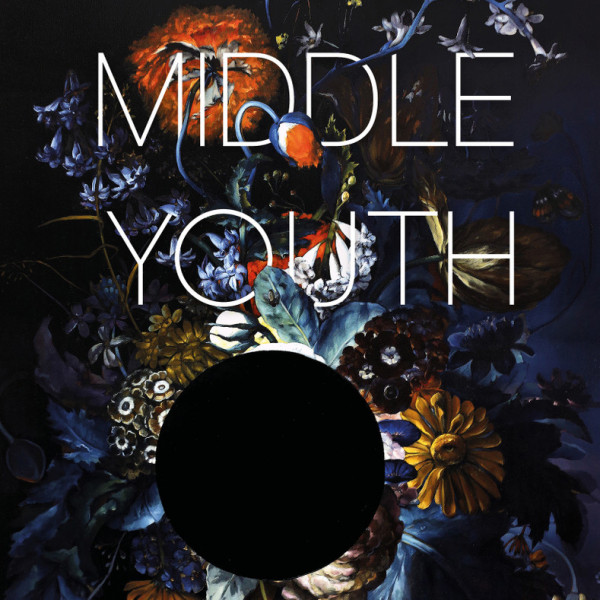
The magic of the autobiography is that it gives us a peek behind the curtain into the lives of people we look up to or admire. It shows us that, like us, they struggled and had their fair share of troubles before finding success, and that they found a solution after persevering.
Sometimes this inspires us to find ways around our problems and gives us ideas we never thought of.
On the Record is one such book. It chronicles Joyce’s early years, from his beginnings at RadioWorks (now MediaWorks New Zealand) to entering politics and becoming finance minister for the National Party.
While he may not look like the wild type, Joyce’s ride certainly was. He had a hand in many of the rock stations that I grew up listening to. Stations like The Edge and Solid Gold FM (now The Sound), among others, were all his doing.
My favourite story Joyce recalls is when The Edge presenters Jay-Jay Feeney and Brian Reid pranked the late Paul Holmes as he was going live on air. Holmes was stewing for weeks, and all sorts of threats were made before cooler heads prevailed.
Anecdotes like this mean that even if you’re not interested in politics, you will find something in On the Record to get into. But if you’re a dyed-in-the-wool Labourite, you might not even give this book a chance.
That would be a shame as it is an insightful look into someone who had an enormous influence in this country not too long ago and rubbed shoulders with some very powerful individuals.
While I did not agree with everything Joyce did while he was in power, I still admire the fact that he went into politics to help other people. Now, whether you voted for him or not, you have to admit there is no reason more noble than that.












